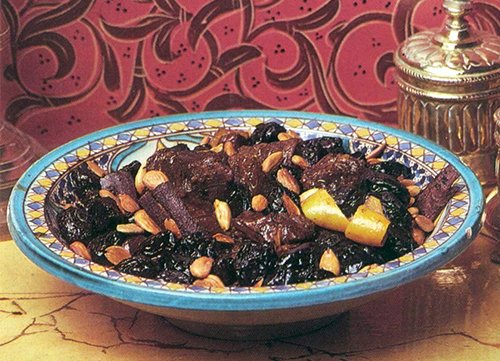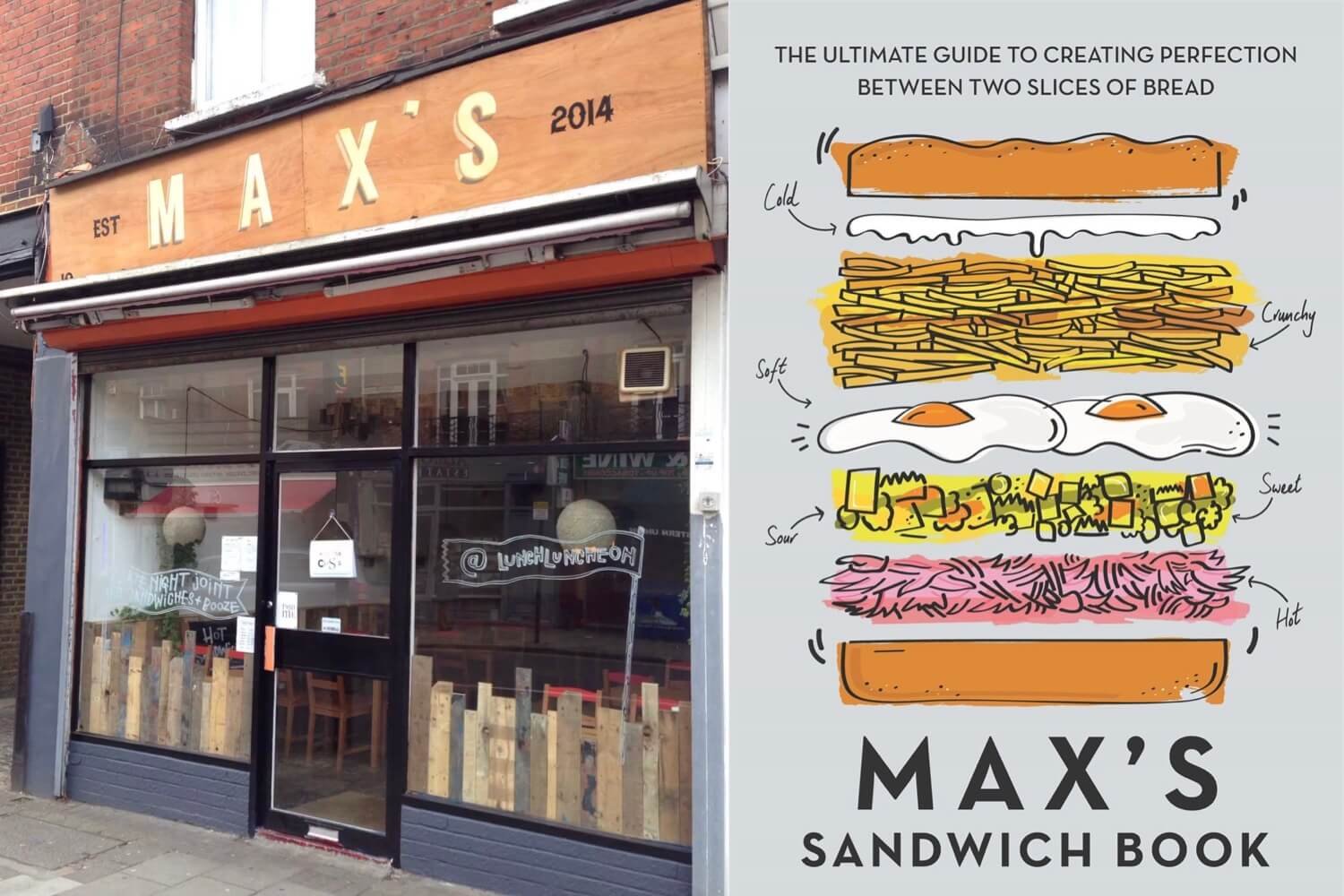Advertisement
Author profile: Jason Atherton
26 February 2023 · Author Profile
With Maze: The Cookbook added to ckbk this week, we spoke to chef and restaurateur Jason Atherton to find out what it was like being part of a movement of chefs who fundamentally changed the way people think about food in the UK.
With Atherton as head chef, Gordon Ramsay’s Maze - located in London’s Grosvenor Square - brought his signature creativity to the plate. Atherton was the first British chef to complete an apprenticeship under Ferran Adrià at Spain’s renowned modernist El Bulli restaurant.
In the introduction to Maze, Adrià describes Atherton as “one chef that stands out from the others” and in this way the recipes in the book speak for themselves. We talked to Atherton about his time with Adrià and some of the other heavy-weight culinary influences in his life.
“New Gordons”
Atherton famously ran away from home at the age of 16 while his parents were on holiday, heading to London with dreams of being a chef. Hospitality was in the blood. His mum ran a bed and breakfast in the English seaside town of Skegness, which compared to running a Michelin-stared restaurant represented a “completely different part of the spectrum in hospitality, but the actual love you give to your guests nonetheless is the same.” For the young Atherton, there were no lie-ins on a Saturday. He was “up with my wheelbarrow at the station and picking up peoples’ luggage and then bringing it back to the hotel.”
Atherton brought that work ethic to experiences under some of the greatest chefs in recent memory including Pierre Koffmann, Marco Pierre White, Nico Ladenis, and Ferran Adrià at El Bulli. He joined Gordon Ramsay Holdings in 2001 and launched Maze restaurant, first in London and then five more internationally. Food critic Jay Rayner identified him as one of the “new Gordons” and one-to-watch back in 2002. A TV career followed and in 2008, Atherton won the third series of BBC Two’s Great British Menu. Three years later his flagship restaurant Pollen Street Social opened and was lauded with a Michelin star within the first six months. He now has restaurants in Shanghai, Dubai, Mykonos, and St Moritz.

El Bulli
Atherton worked a season at El Bulli from 1998 and this experience had a profound effect on his cooking and his attitude: “Ferran taught me creativity. Because up until that point, especially back in the eighties and nineties, it was a different way of working. So the head chef wrote the menu, you cooked it, you did as you were told, that was the end of it. Whereas today it's much more shared and collaborative.”
Adrià would ask his new chefs where they had worked and what they had learned there to develop his own experimental cuisine. Although the term “molecular gastronomy” has since become much maligned, Adrià’s principles of innovative and scientific methods of cooking have had a profound influence on fine dining around the globe.
Atherton was among the first London chefs to use vegetables in ice cream, something he learned at El Bulli. The cookbook has an example of that with the recipe for Cornish crab mayo with avocado and sweetcorn sorbet. He has continued to have a variation of this idea on his menus ever since. Even now crab with almond ice cream is on the menu at Pollen Street: “it still feels quite futuristic in 2023, and that was back in 2005”.
Gordon Ramsay
Atherton describes his “massive debt of gratitude to Gordon” and how he helped him develop a work ethic to succeed as both a chef and restaurateur: “Gordon Ramsay continues to be probably the biggest chef that ever come out of Great Britain. It's quite amazing to have been by his side when he was first catapulted into stardom. I just watched him harness that and take it to a world platform.”
“I'm 52 this year and I'm super-happy I lived in that time because it was a time when the UK went through this massive boom in ‘chef-dom’ if you like. People were obsessed with cooking, trying to be better. We didn't have a very good reputation globally, but my generation changed that.” Atherton name-checks Sat Bains, Claude Bosi, and Tom Kerridge as part of his generation that “completely engulfed a country with great restaurants and we're very proud of that.”
Those who went before must be acknowledged, many of whom Atherton worked with earlier in his career: “we can never ever forget that the people who started all that were Nico Ladenis, Raymond Blanc, Marco Pierre White, the Roux family. Without those guys, it would never have happened. And I feel privileged to work with them. And knowing them personally as not just my mentors, but also as friends.”
Navigating Maze
Many of Maze’s signature tapas-sized restaurant dish feature as a master recipe, with additional dishes based on the same core ingredients or techniques. For example, the Jerusalem artichoke soup with duck ragoût, followed by Jerusalem artichoke risotto with smoked haddock. This structure has made it more accessible than many other fine-dining restaurant books.
One notable dish is the Braised ox ‘tongue in cheek’ with ginger carrots, of which Atherton says, “I still have variants of that dish on the menus across the world globally.” This is followed by recipes for Salad of ox tongue with gremolata and pecorino and Braised ox cheeks in red wine with mash and bacon.
Star quality
Atherton acknowledges just how important Michelin stars have been for the industry: “what I love about Michelin is it gave - and I can only talk about personal experience and what I understand now - it gave me discipline.”
“I’ll be completely honest with you. I was a bit of a wide boy. I was a man about town, thought I knew everything, didn't know nothing… but as soon as you set foot in a Michelin-starred kitchen, if you didn't conform to standards, you were out. So quite quickly, all those barriers, you've built up to make yourself some sort of tough kid - which actually in fact you weren’t - were brought down because you wanted to be there.”
Atherton thrived on Michelin’s standards (in fact working in any disciplined kitchen) and the methodical way of working he has developed throughout his career: “They strip you of any ego, so you can actually be trained properly… Now I'm older. I can say that probably without Michelin I would not be where I am today as far as success.”
The next course
This year, Copenhagen’s celebrated three-Michelin-star restaurant Noma announced it would be closing its doors (El Bulli restaurant closed in 2011 and relaunched as a foundation for creative gastronomy and innovation). It has been said that the work culture of these high-end establishments is unsustainable. But what does this mean for fine dining in general?
“Fine dining will always exist. I think its forms will just change over time. Customers are still wanting it for sure.” For Atherton the difficulty is finding skilled labour and individuals willing to sacrifice so much for their career: “If you're willing to give up your life to be to be a chef and cook at an elite level, then that takes a lot of commitment. Not many friends, not much of a social circle, completely immersed. You've got to have your family completely buy into it, and that's that's getting less and less. And I understand that - people don't want to commit themselves. People want a much better work-life balance.”
Fine dining establishments are getting smaller too - Artherton explains how restaurants in Japan are often 10-14 seats and that he has just launched one in Dubai with 22 seats. Dubai is also the focus of a new ITV show starring Atherton, “driving around Dubai cooking with local spices, local food. Showing people that underneath the glitz and the glamour of what Dubai has become, there's actually quite a deep food culture, new and old.”
ckbk Premium Members have access to the full content of Maze: The Cookbook and 700+ other cookbooks.
A selection of recipes from Maze: The Cookbook
More features from ckbk
Carrier played a pioneering role in advocating good food in the 60s, 70s, and 80s.
Consuming Passions: Fire
Marcus Bawdon is obsessed by cooking with fire and tells ckbk what lights his fires.
We speak to the founder of Max’s Sandwich Shop about his reinvention of the British sandwich
Sign up for ckbk's weekly email newsletter
Advertisement







